TEL AVIV, Israel—Just past 3 a.m. on Friday morning, the buzz of an engine followed by a massive explosion woke Israelis across the country’s second largest city of Tel Aviv. Near the site of the blast—caused by the detonation of an explosive drone—shrapnel punctured nearby structures and the shockwave shattered windows, including those in some units of my apartment building 250 feet away.
Ten people were treated for injuries and one man, 50-year-old Yevgeny Perder, died in his home when the Iranian-made drone struck near a residential building. The air raid sirens, which typically alert Israelis to incoming attacks, failed to sound.
By sunrise, the Houthis—Iranian-backed rebels in charge of parts of Yemen—had taken credit for the lethal strike, which hit a block from the U.S. Embassy branch office in Tel Aviv. The terror group has been behind a series of disruptive attacks on commercial vessels in international waterways since November, ostensibly in response to Israel’s war against Hamas in Gaza, and continues to threaten global shipping despite multiple U.S. air campaigns against Houthi sites. The Yemeni militants have also targeted Israeli cities repeatedly, though Friday marked its first deadly breach of the country’s sophisticated air defenses.
In response, Jerusalem launched its first-ever strikes against the militants in Yemen on Saturday, sending warplanes to hit Houthi facilities some 1,120 miles from Israeli territory. The campaign targeted the Red Sea port of Al Hudaydah, which the Israel Defense Forces (IDF) says is used by Iran to transfer weapons to the group. At least six people reportedly died as a result of the attack, local officials said.
“The fire currently burning in Hudaydah is seen across the Middle East and the significance is clear. The Houthis attacked us over 200 times. The first time that they harmed an Israeli citizen, we struck them. And we will do this in any place where it may be required,” Israeli Defense Minister Yoav Gallant said Saturday. “The blood of Israeli citizens has a price. This has been made clear in Lebanon, in Gaza, in Yemen, and in other places—if they dare to attack us, the result will be identical.”
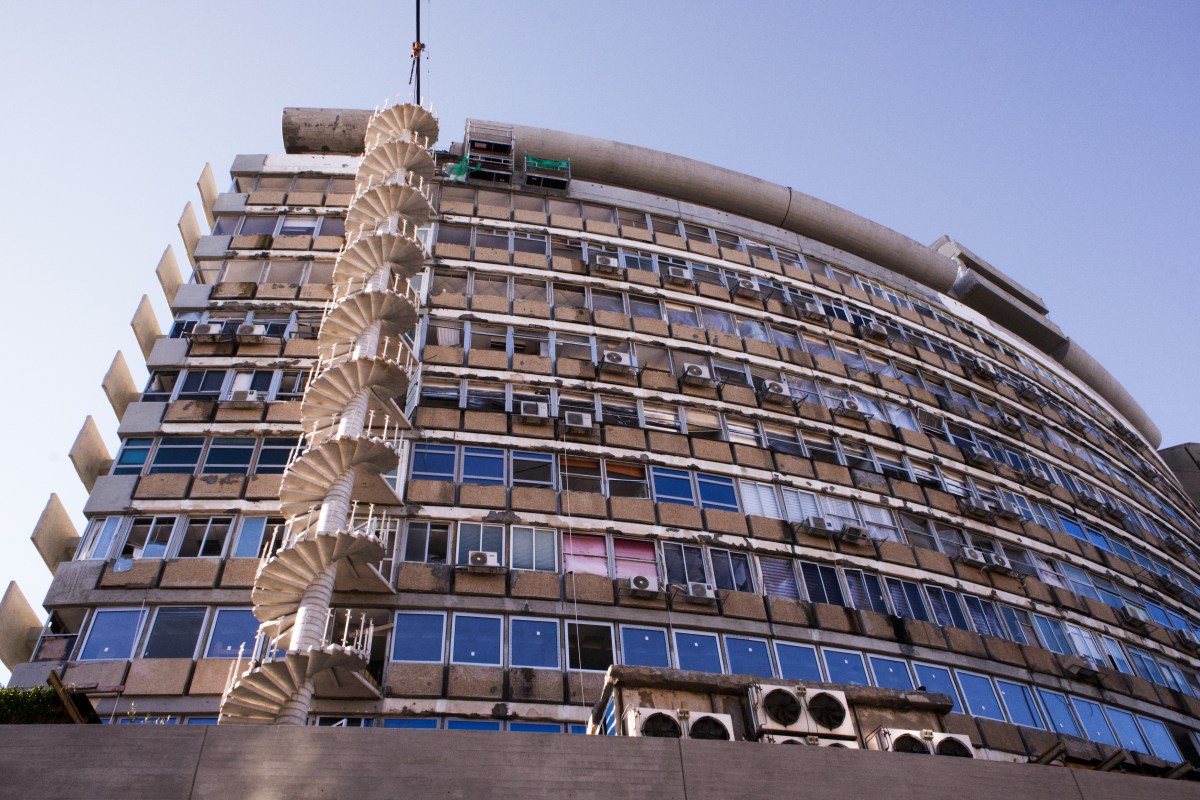
Yet the Houthis’ efforts to hit Israelis at home have persisted, after its spokesman declared “open war” with Israel on Sunday. That same day, the IDF said it had intercepted a ballistic missile shot from Yemen toward Israel’s southernmost city of Eilat. The group also launched attacks on ships traversing the Red Sea over the weekend and, thanks to Iran, it is well-equipped to continue to do so for the foreseeable future.
The rebels now boast a formidable arsenal of long-range ballistic missiles, cruise missiles, and drones, including Iranian-made unmanned aerial systems (UAS) that have been used by Russia to devastate Ukrainian cities and by Iranian proxies in Syria and Iraq to attack U.S. forces. In January, one such drone successfully struck Tower 22 in Jordan, killing three American reservists in the first deadly aerial assault on U.S. ground troops since the Korean War.
According to an IDF investigation, the Tel Aviv attack was also likely carried out using an Iranian-made drone—a modified Samad-3 model—which used a GPS system to travel over the Red Sea to Eritrea before flying over Sudan, Egypt, and the Mediterranean Sea to attack Tel Aviv from the west. The military said it was tracking a drone coming from an Iranian-backed group in Iraq around the time of the attack, pointing to likely collaboration between the proxies. Despite detecting and tracking the Houthi projectile for at least six minutes, air traffic controllers didn’t classify it as a threat, allowing the UAS to break through due to what the IDF said was human error.
The Israeli air force has since doubled the number of operators assigned to monitoring radar systems and increased its aerial patrols, but the breach demonstrated the complex challenge posed by Iranian attack drones, particularly when used in concert with other projectiles or launched simultaneously by multiple militants. The systems fly slow and low, and often along indirect routes, making their detection and interception more difficult than other aerial weapons like rockets. In northern Israel, Hezbollah has used the unmanned systems to target Israeli troops stationed along the border with Lebanon with deadly effect.
“You have to remember that Israelis are facing a multifront war. They’re concentrated on what’s happening in Gaza, on what’s happening in Lebanon. The West Bank is inflamed and of course, we have threats from Iraq, Syria, and Yemen. So they’re stretched thin,” Joe Truzman, an analyst at the Foundation for Defense of Democracies, told The Dispatch. He called the fact that Friday marked the Yemeni group’s first deadly attack after months of thwarted attempts “a real testament to Israel’s aerial defense system and its air force.”
Yet the Houthis are unlikely to be easily deterred. Like Hamas, the terrorist army is willing to bring down an asymmetrical war on its people if it means furthering its ideological goals. The Shi’ite group grew its influence in Yemen throughout the 2010s before seizing control of swaths of territory, including the country’s capital, Sa’ana, in 2014. Like Iran, which saw in the group an opportunity to expand its own regional influence, the Houthis espouses a deeply anti-West, anti-Israel worldview. Their flag bears the Arabic slogan: “God is great, death to America, death to Israel, a curse upon the Jews, victory to Islam.”
The fighters’ war on global shipping has persisted despite U.S. air campaigns and is unlikely to slow with Israel’s latest attack on Hudaydah.
“Even though it was a blow against the Houthis, it’s absolutely not going to deter them. I wouldn’t be surprised if it actually encourages them to continue this campaign of firing at commercial shipping vessels,” Truzman said. “And they will absolutely try to hit Tel Aviv again.”
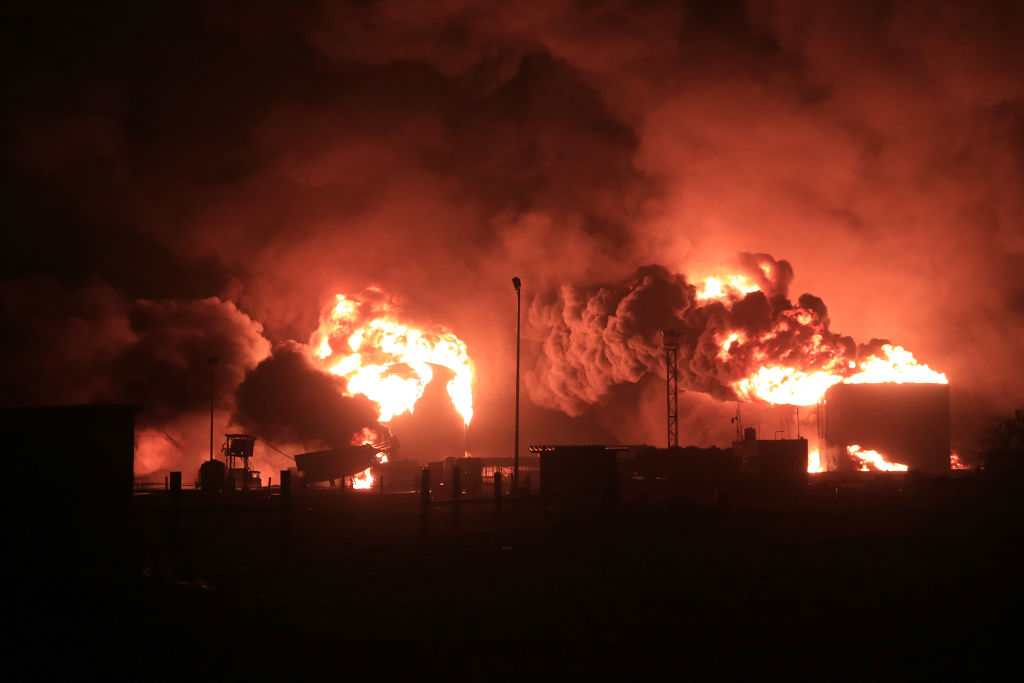

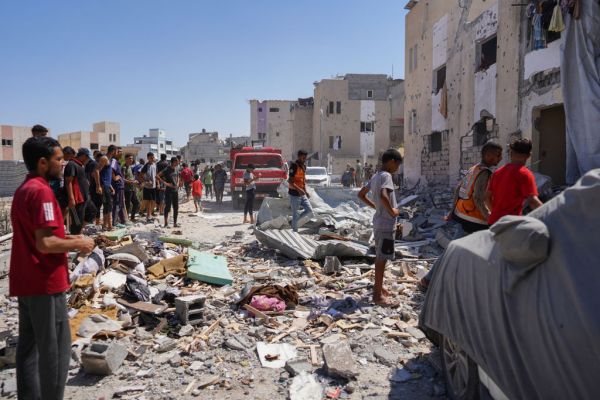
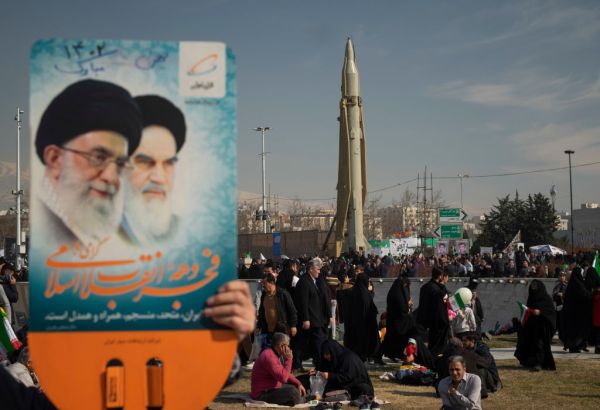
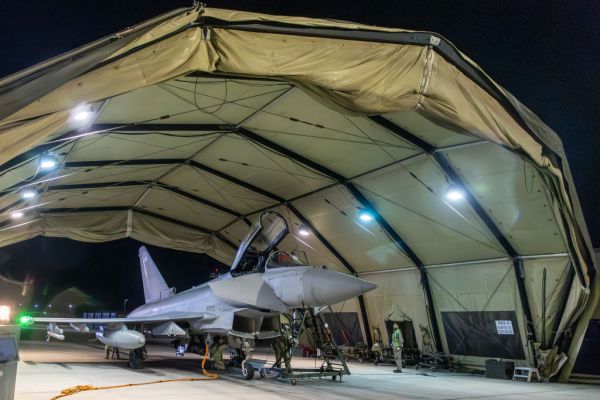

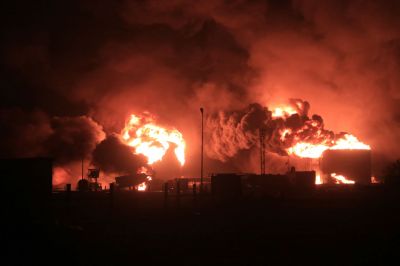
Please note that we at The Dispatch hold ourselves, our work, and our commenters to a higher standard than other places on the internet. We welcome comments that foster genuine debate or discussion—including comments critical of us or our work—but responses that include ad hominem attacks on fellow Dispatch members or are intended to stoke fear and anger may be moderated.
With your membership, you only have the ability to comment on The Morning Dispatch articles. Consider upgrading to join the conversation everywhere.